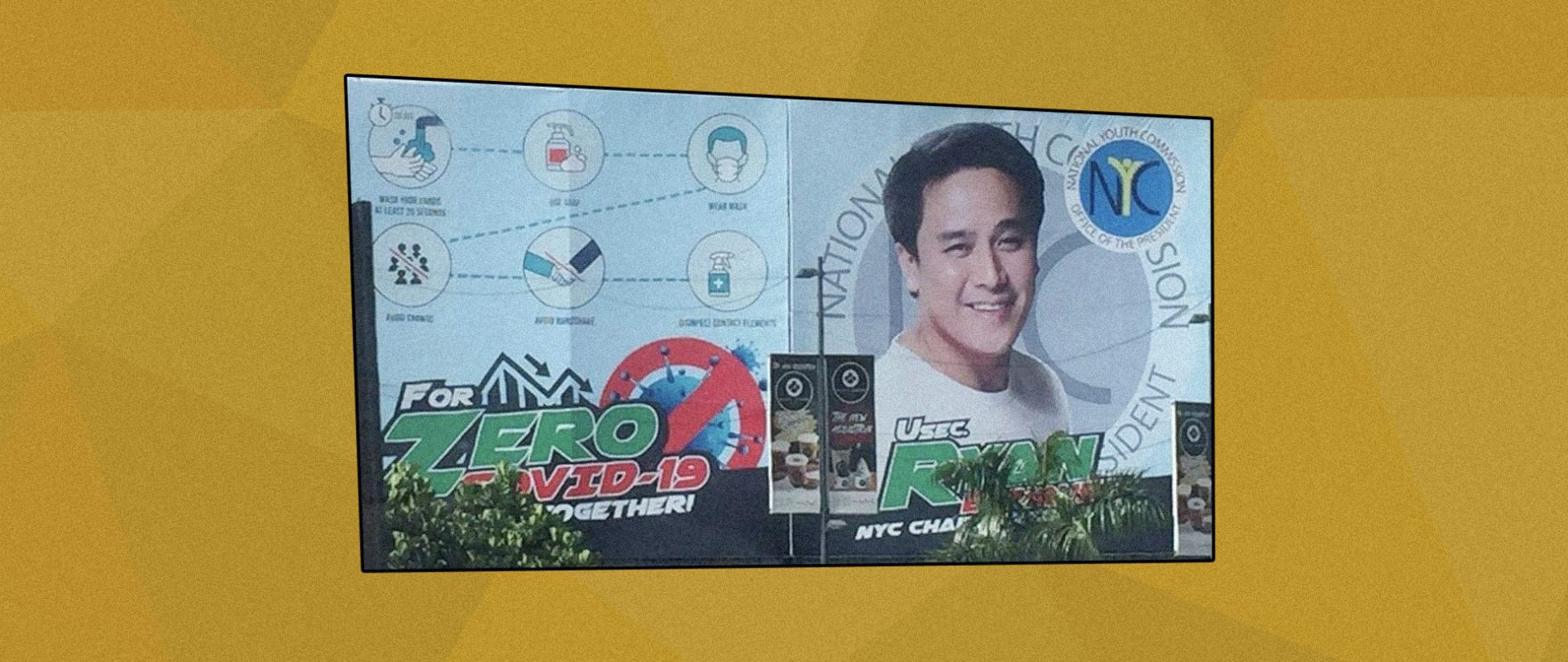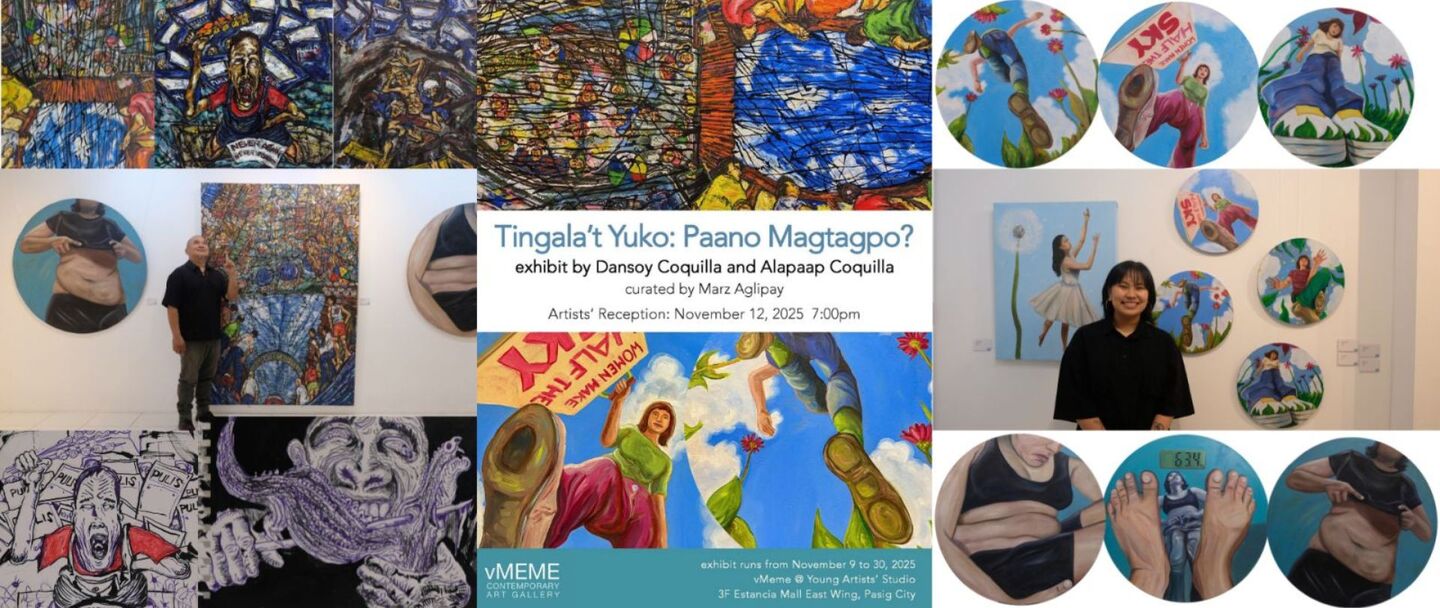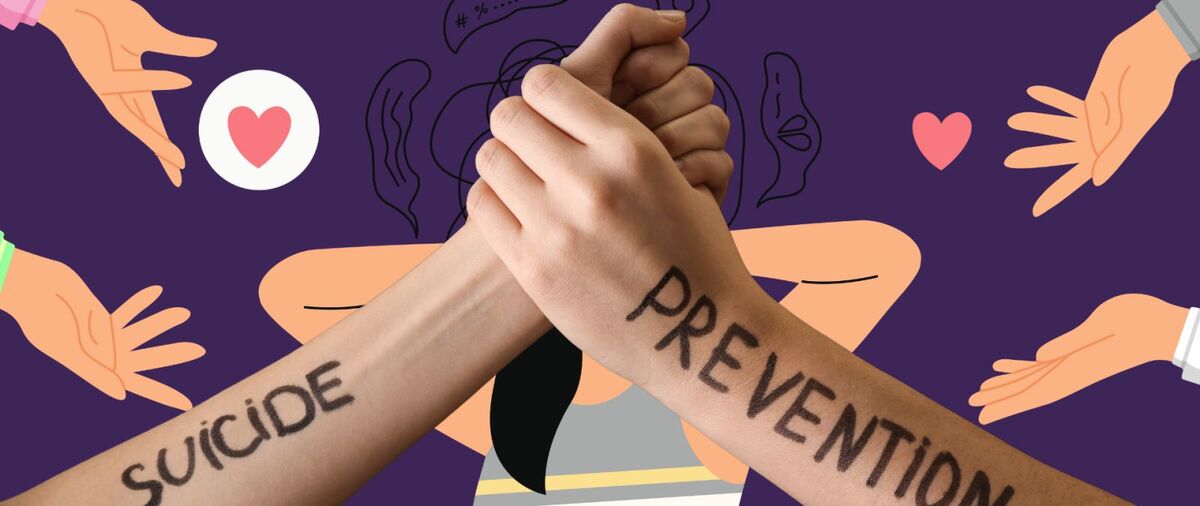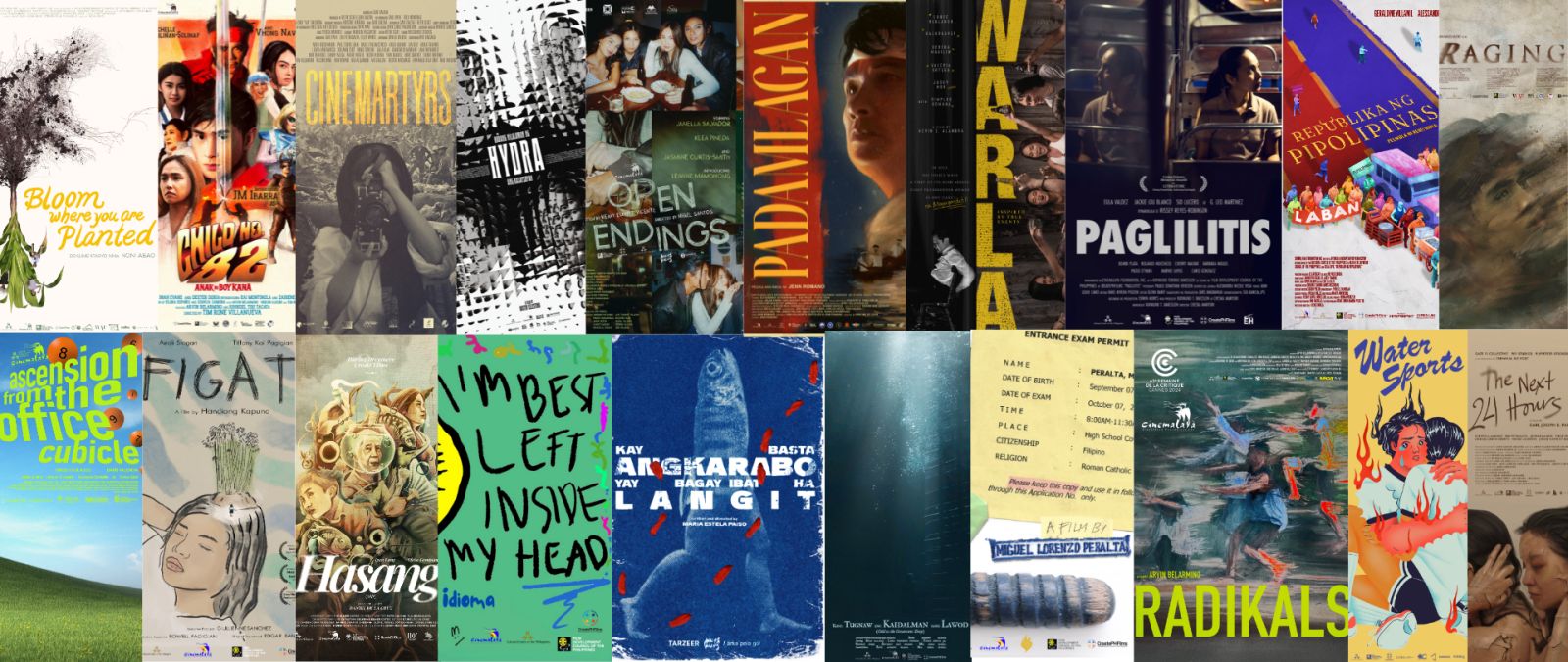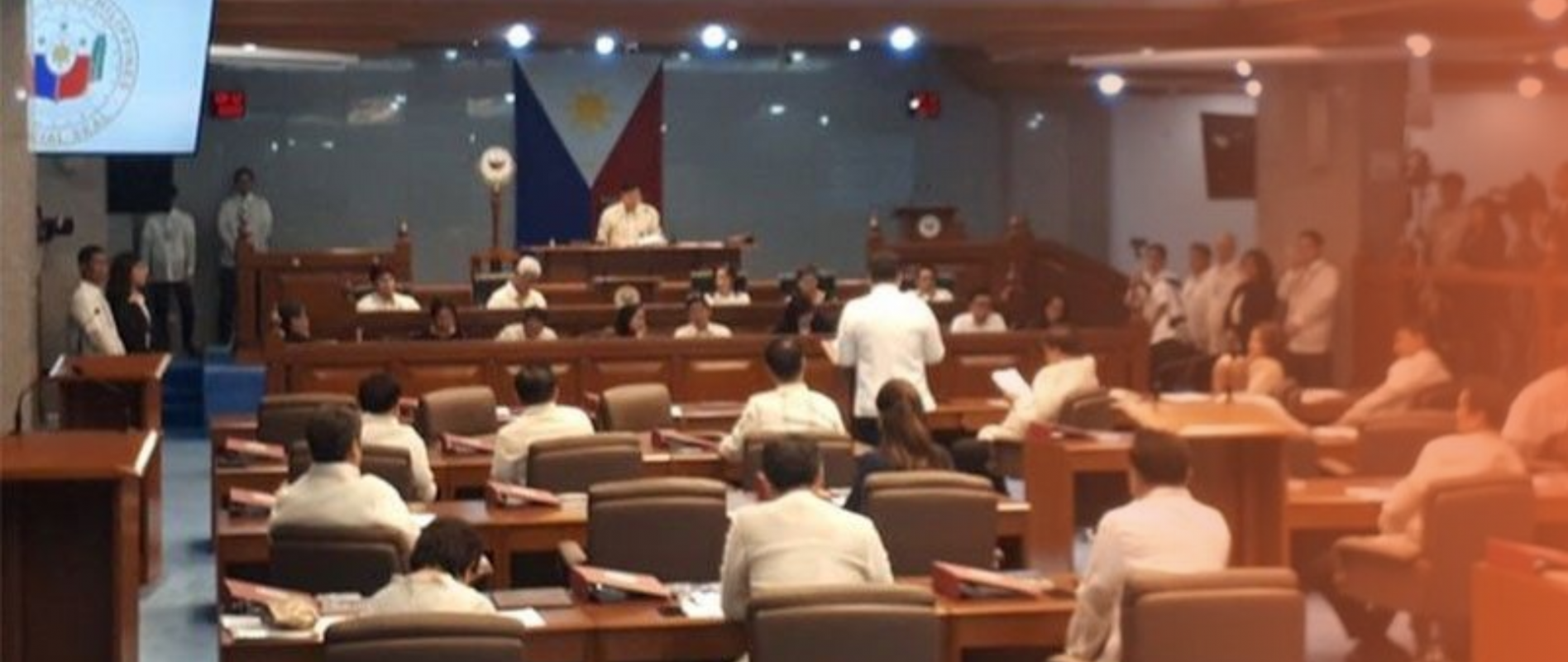LOUD BUT UNCLEAR: NYC’S HEALTHY ADVISORY BILLBOARD RECEIVES BACKLASH FOR ITS DESIGN, PURPOSE, AND BUDGET
National Youth Commission Chairperson Ryan Enriquez receives backlash for his billboard that says a lot about the errors of design and statement in addressing national concerns.
Epals are what we call election candidates who slam their own faces on posters and print ads for the public to recognize them. But in this case of National Youth Commission (NYC) Chairperson Ryan Enriquez’ billboard, we’re reminded of how going big can lead to a backlash.
A billboard at the entrance of Ayala Malls Feliz in Pasig City shows you how to follow health protocols which are necessary today due to the ongoing pandemic. However, with Enriquez’ face and name covering half of its whole size and the protocols only a fourth of it and in minimal font sizes, people are quick to judge the billboard’s design and purpose.
On a scale of 1-10, gaano ka-epal ang National Youth Commission Chairperson?#EnriquezResign
Posted by Cliff Barizo Jr. on Tuesday, 1 September 2020
With his huge face that steals the attention from the public advisory, several netizens expressed their opinions with some allegedly linking the act to the ‘Epal’ culture that’s been rampant in the country. This culture has been largely practiced in our society as a means of campaigning so that people will remember their faces and names during election. But since we’re closing in to the next national election on 2022, people began to question whether this attention-grabbing billboard is a subtle, if it seems, approach to imprint his image to the voters’ community.
Pet peeve ko talaga mga billboards eh. ????
Taxpayers' money na naman ba itong nilustay n'yo, NYC? Walang humpay ang pandidiri ko sa inyo! pic.twitter.com/twin3hQQOt— Fudge Tajar (@fudgetajar) September 1, 2020
mr. ryan enriquez ng NYC, epal! sinamantala mo pa ang krisis na 'to para magbalandra ng muka mo sa billboard! hindi natutuwa ang kabataan sa pagpapapogi mong yan, aksyon muna wag puro pabida! ????
— Rjhay Reyes (@the_rjhayreyes) September 2, 2020
If you mean service by informing the people – your name is enough and your face is NOT NECESSARY. And again, how much does it cost to print and rent a billboard space? Again, not necessary. NYC – you suck. https://t.co/MVhBrX7jOv
— Tanya G. (@SoNathania) September 2, 2020
The National Youth Commission (NYC) was established by virtue of Republic Act 8044 or the Youth in Nation-Building Act, which was enacted in 1995. Their practice includes providing the youth with opportunities to be an active partner in nation-building with strategic youth programs and projects that will develop their potentials and enable them to serve the country and our community.
In regards to that, people took to comments and retweets their thoughts on the budget used for the billboard considering that NYC is a government agency. However, Enriquez, in a statement, said that the production was not pulled from the NYC’s budget but instead from his family’s business.
Even fellow youth groups such as Anakbayan through their Chairperson RJ Naguit expressed their concerns on the matter calling it out for its audacity to display Enriquez’ face regardless of the sensitive situation of victims of mass layoffs and struggles in online classes.
@NYCPilipinas Chairperson Ryan Enriquez had the audacity to put up a humongous billboard with his face on it while young people continue to be victims of mass layoffs and experience struggles in online classes.
Ryan, umalis ka na diyan sa pwesto mo! Stop milking your position! pic.twitter.com/pLJNwvqpeO
— RJ Naguit ???? (@raymondnaguit) September 2, 2020
Following the backlash, Enriquez has already ordered to take down the billboard and issued a statement of his purpose that says, “Ang objective ko lang naman ay makatulong para sa information dissemination, lalo na ngayon nabawasan ang major network na nagbabalita. Ang pagkakamali ko, anlaki ng mukha ko, pasensya na.”
Whether it’s an issue of a design error or a blatant campaign, the billboard’s main purpose should serve the public in dealing with the outbreak. The issues of budget and campaign allegations will always be the follow up for any visually-striking program or display of a national agency. Treading a careful line on a sensitive topic, in this scenario which is a health advisory, it’s worth noting that professionals especially graphic designers should handle these kinds of projects. A simple banner can be translated uniquely to its audience. With the magnitude of this audience and billboard size, it comes with responsibility to consider effective designs that appeals to the mass.
Design is important because it can be perceived wrong from its intentions. As for NYC’s error or perhaps, allegedly bad campaigning, setting the perfect example for the youth should be a top consideration for any captivating actions in public.

